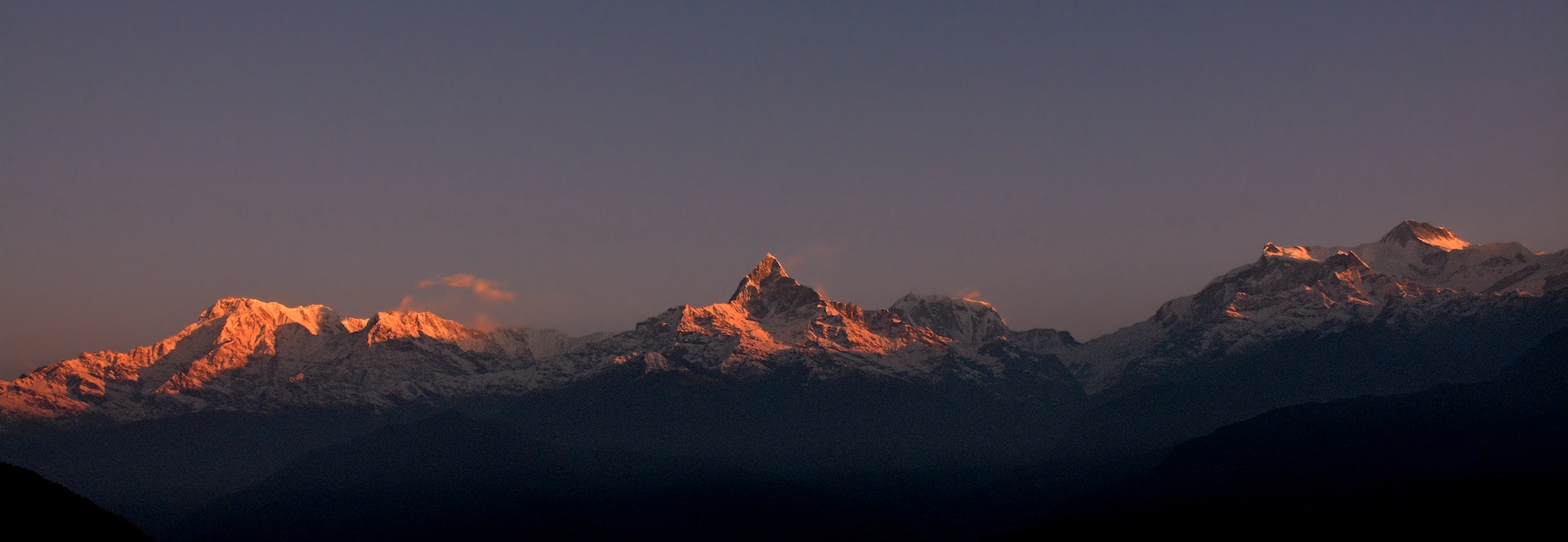Nepal is very rich for its unique culture, tradition and religious festival. These festivals are manifestation of traditional and cultural sensibility of any particular society.
There are more than 50 major festivals celebrated in Nepal each year and every festival is distinct with each other. All the festivals have certain meaning and own value and significant in the life of Nepalese people. Our national festivals have fixed date, where religious and cultural festivals are set by astrologers after consulting the lunar calendar. The best part about the festivals in Nepal is that all the festivals are celebrated with the same spirit and in large numbers. Celebrating festivals effectively unite the people having diverse culture together and give a chance of sharing their social lives. Therefore Festival in Nepal also mean of strengthening familial and social ties by the way of gathering.
Most Nepalese festivals are related to different Hindu and Buddhist gods and are celebrated on such days consecrated for them by religion and tradition. Cultural festivals in Nepal are usually very colorful and exciting. Some of the biggest and most popular festivals in Nepal are: Dashain – one of the biggest festival in Nepal, Tihar – a celebration of lights dedicated to Goddess Laxmi, Buddha Jayanti – the birth of supreme commander of Buddhism; Lord Buddha, Holi Poornima – the festival of colors, Maha Shivaratri – this festival belongs to Lord Shiva, the supreme god of Hindu, Teej – the main festival of Hindu women. Saga Dawa festival, a journey to Kailash Mansarovar Lake, Tiji festival trek in Mustang, Mani Rimdu and Dumji festivals trek in the Everest region are very popular.
There are also some festivals which are in honor of personal relatives such as festival of Matatirtha Ausi (for mothers), Gokarna Ausi (for fathers), Gaijatra (for the ones who are passed away). Cultural acts of dances and songs are essential parts of some celebration, whereas some celebration are just family gatherings.

